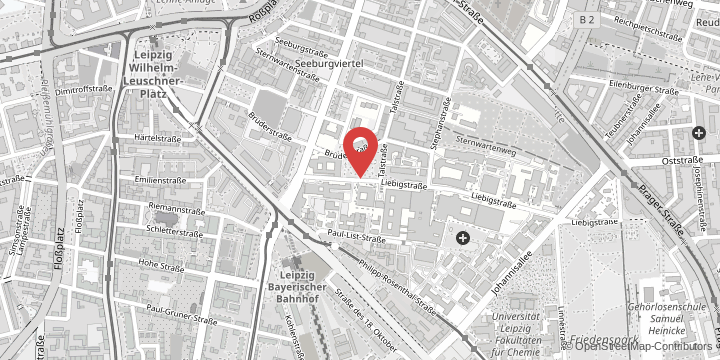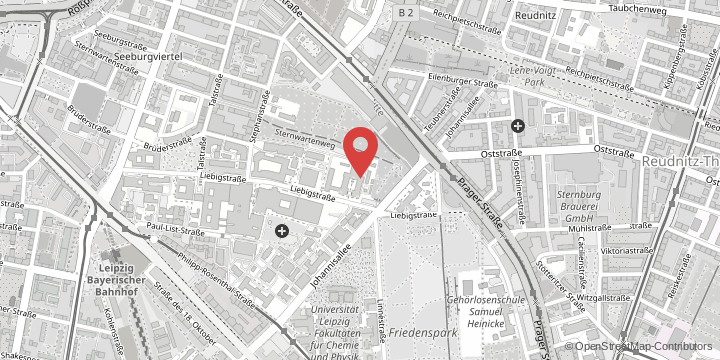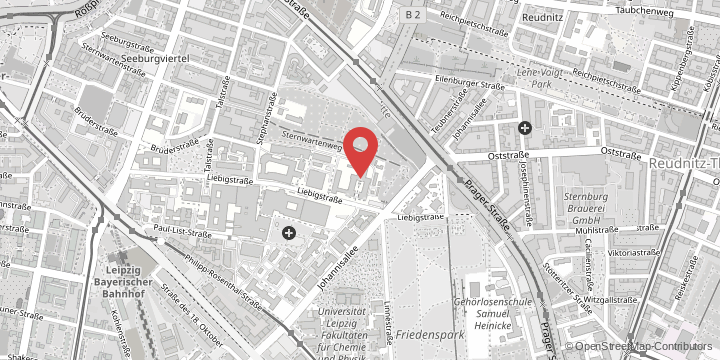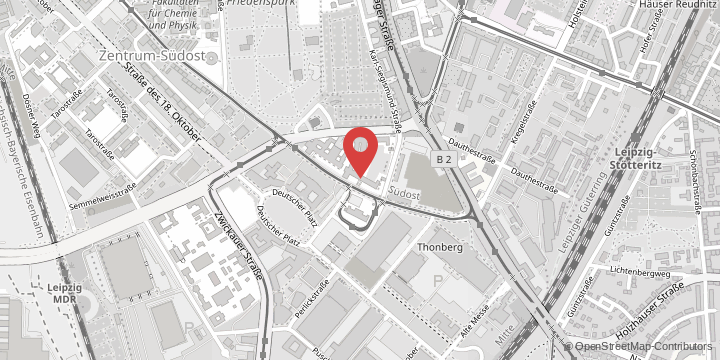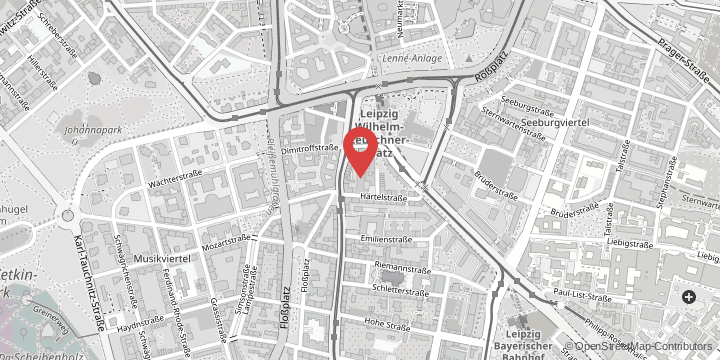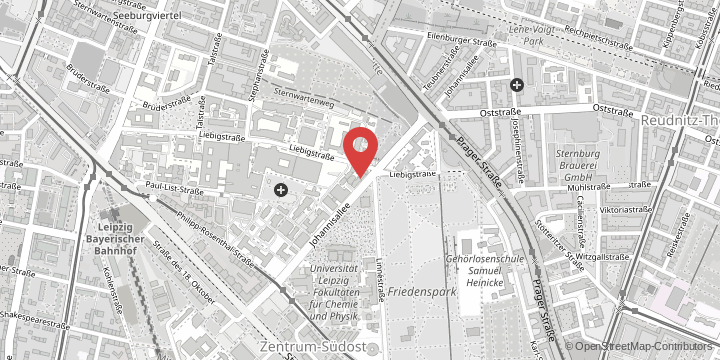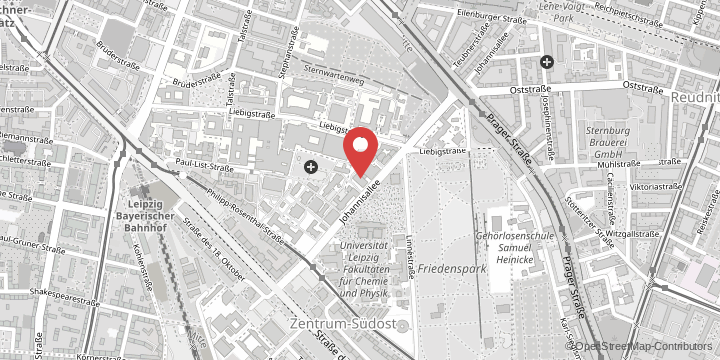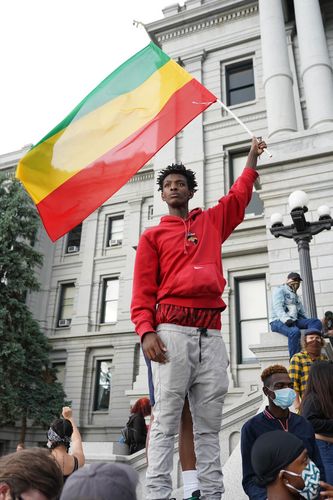Political Development 1995–2018
Ethiopia has been ruled by a four-party coalition since 1995 – the EPRDF, founded in 1989. It sees itself as a Marxist-Leninist party. In 1991, after a long struggle for liberation, it defeated the military dictatorship of the Derg, who also considered itself to be Marxist-Leninist. The EPRDF coalition includes the Oromo People’s Democratic Organization (OPDO), the Amhara National Democratic Movement (ANDM), the Southern Ethiopian People’s Democratic Movement (SEPDM), and the TPLF. The latter dominated the coalition led by Meles Zenawi, who was president of the Transitional Council from 1991 to 1995 and was subsequently appointed prime minister (see Clapham 2017; Lyons 2019). After Meles’ death, in 2012, his deputy, the technocrat Hailemariam Desalegn, became prime minister. He comes from the Boloso Sore District Hombba of the Wolayita Zone in the Southern Nations, Nationalities, and Peoples’ Regional State (SNNPRS) in southern Ethiopia.
Under the 1995 constitution, the country initially consisted of nine regions – called “Member States of the Federation” – and two privileged cities, Dire Dawa and the capital Addis Ababa (in the middle of the Oromia region). Modelled upon the Soviet constitution of 1924, the constitution of Ethiopia grants all “nations, nationalities and peoples” the “unbreakable right to self-determination, including secession” (FDRE 1995: Sect. 39, para. 1). Within the “states” of the country, “nations, nationalities and peoples” have the right to “self-government” (ibid.: Sect. 39, para. 3) and the formation of their own “state” (ibid.: Sect. 47, para. 3). The term “nation” is defined ethno-linguistically and culturally as well as with reference to historical settlement areas (ibid., Sect. 39, para. 5).
The EPRDF ruled in an authoritarian and repressive way, especially after the 2005 elections for the House of Peoples’ Representatives, which, in their opinion, showed a dangerously high level of support for the political opposition, winning 174 of the 547 seats. The 2010 and 2015 elections were manipulated accordingly so that the EPRDF and its allies gained 543 and 547 seats respectively. Discussions about expanding the capital’s territory – Addis Ababa has been growing disproportionately and the federal government wanted to create space for additional residential areas and companies – have sparked violent protests by Oromo groups since November 2015, to which the state responded twice by imposing a state of emergency (October 2016 to August 2017 and February to June 2018). The protesters quickly expressed a wide range of political demands, from political liberalization and the release of political prisoners to calls for inclusive economic growth and an end to rampant corruption. These protests temporarily had major impacts on public life in Ethiopia.
The mixture of repressive government action and violent public protests in parts of the country have led to massive, unconstitutional restrictions on political and civil liberties in Ethiopia – although there have also been positive developments in some areas, such as access to justice or women’s rights.
Political Development since 2018
In order to regain political power and to increase the severely weakened legitimacy of the EPRDF, Hailemariam resigned in February 2018 and – after tough internal disputes – Abiy Ahmed, who had been socialized in the army and the secret service, was appointed prime minister in April 2018. At that time, he was head of the Oromo Democratic Party (ODP, formerly OPDO), one of the four coalition parties. As a result, on the one hand, there were numerous political reforms and a settlement with the northern neighbour Eritrea. The latter led to Abiy being awarded the Nobel Peace Prize in 2019. On the other hand, the crisis between the TPLF and the other coalition parties deepened within the EPRDF. During the past year, domestic political reforms came to a standstill.
In December 2019, three of the EPRDF sub-parties agreed to establish a new political entity, the Prosperity Party (PP). Additionally, the ODP, the Amhara Democratic Party (ADP, formerly ANDM), the SEPDM, the Afar National Democratic Party (ANDP), the Benishangul-Gumuz Democratic Party (BDP), the Somali Democratic Party (SDP), the Gambela People’s Democratic Movement (GPDM), and the Harari National League (HNL) also agreed to merge with the PP. They all rally around the programmatic flag of the nation, which does not appeal to the separate ethnic identities in Ethiopian society. The TPLF (see Tefera 2019) refused to take this step. Strengthened by the merger with the Tigray People’s Democratic Movement (TPDM), the TPLF aimed for the continuation of an alliance of ethno-national parties.
The possibility of self-government or secession has meanwhile taken on a concrete form. On 20 November 2019, 98 per cent of the registered voters in Sidama, a sub-region of the SNNPRS, voted in a referendum for self-government – Sidama was then declared the tenth state of Ethiopia. Any further partial or full secession is feared by the national government. These developments first of all highlight tensions regarding the distribution of power between the centre and regions as well as the ethnicization of politics in the country (Yonas 2019). They are also evidence of a deep crisis in the EPRDF project (cf. Mulugeta 2020; Lyons 2019).
These disputes are as well expressed in the fact that no consensus for the interpretation of a common history has been able to prevail. The majority of people who have for a long time been under control of the TPLF-dominated government see the founding of the current Ethiopia as an expression of Tigray and “Northern imperialism” – circumstances that they are now trying to evade (cf. Tsega 2019; Yusuf 2019). This situation is exacerbated by the perception that the Tigray elite, as well as their intellectual (Mekelle University) and urban allies, are snatching up large estates in a second wave of “land grabbing”. The land issue has not been resolved in Ethiopia; it is characterized by forms of (domestic and foreign) large-scale land acquisitions, displacement, and disenfranchisement of smallholders (Fana 2016; Lie and Berouk 2018; Tefera and Hout 2018).
In the past, there have already been the first signs that “unknown forces” are vehemently rejecting Abiy’s policies: in June 2018 there was an attempted assassination of the prime minister, and in June 2019 an attempted coup. After the murder of Oromo protest singer Hachalu Hundessa on 29 June 2020, riots, looting, and pogrom-like attacks broke out across the country, in the course of which hundreds were killed and thousands arrested. As a result, Defence Minister Lemma Mergesa, once a supporter of Abiy, was placed under house arrest on 12 August. Reliable reports indicate that militias are being set up and armed in various parts of the country. Inter-municipal violence is increasing; some actors are trying to create the impression that a conflict between religious groups is imminent (Orthodox Christians vs. Muslims) through targeted assassinations. Overall, during summer 2020 in many parts of the country the situation was extremely volatile.
The corona pandemic has exacerbated the situation. The first corona case was registered on 1 March 2020. The first lockdown measures were announced on 16 March, the national borders were closed on 23 March, and a state of emergency, initially limited to five months, was imposed 16 days later (which the House of Peoples’ Representatives, the lower chamber of the parliament, confirmed on 18 June). With reference to the pandemic, the parliamentary elections originally planned for 29 August were initially postponed for at least nine months.
Escalation since Summer 2020
This decision triggered a serious constitutional crisis and intensified the conflict between the PP and TPLF: the latter did not accept the postponement of the election and pushed ahead with preparations for the elections in the landlocked Tigray region it controls. These elections were held on 9 September. Some 6 million, out of Ethiopia’s population of 100 million, overwhelmingly voted for the TPLF. With an alleged voter turnout of over 98 per cent, the party achieved a result of over 99 per cent (or 189 of the 190 seats in the regional parliament). Starting from there, both sides have since escalated the conflict through a series of decisions taken: the national government and parliament considered the elections to be “unilateral” and “illegal”; the Tigray regional government refused to participate in general elections later announced for early summer 2021; the Tigray regional government, under president Debretsion Gebremichael, stopped accepting the Abiy government as a legal representative of the people and considered all legislation enacted in Addis Ababa after 5 October null and void (initially this was the end of the period of office of the EDRPF); the national parliament decided to freeze all relations with the Tigray regional government and its TPLF representatives; key Tigray politicians and security personal were fired; and, most recently, on 4 November Abiy ordered a military campaign against the TPLF. Allegedly, the TPLF had attacked a military camp and tried to loot military assets. Abiy cited months of “provocation and incitement” and declared that “the last red line has been crossed” (AP News, 4 November 2020). The same day, the Council of Ministers imposed a six-month state of emergency in the Tigray region.
The official media now refers to the “TPLF junta” and a “defiant region”, and former allies have become “extremists” and “terrorists”. The prime minister also hints at a hidden hand in the conflict (apparently referring to Egypt with whom Ethiopia has a severe conflict over the planned Grand Renaissance Dam and the use of the Nile waters). While Abiy holds that resolving differences has “failed” because of the regional leadership’s “criminal hubris and intransigence” and that the military operations “have clear, limited and achievable objectives — to restore the rule of law and the constitutional order” (AP News, 7 November 2020), Debretsion has called for international mediation (Reuters, 8 November 2020). Meanwhile, as bombardments in the Tigray region are continuing and the number of displaced persons and refugees is increasing by the minute, first evidence of ethnic cleansing has emerged (Amnesty International, 12 November 2020). As it stands, the confrontation has high probability of spreading across the country and the region. Restraining voices are being ignored.
Outlook
At this stage, there is little prospect for an immediate ceasefire and external conflict mediation. Calls by the United Nations for a cessation of hostilities and humanitarian access to the region has so far gone unheeded. The African Union’s efforts, as is often the case, are less visible but ongoing. Historically, Addis Ababa has hosted the headquarters of the continental body since 1963 – during the rule of the emperor, the Derg, and the EDRPF regime. For many external powers, Ethiopia is “too big to fall”. The incoming administration in the United States (as much as the previous one), Ethiopia’s most important bilateral partner, i.e. the People’s Republic of China, as well as European investors, all have very strong interests in “stability” in Ethiopia. However, crafting any form of lasting stability in the country, also as a precondition for stability in the wider region of the Horn of Africa, will depend not on success on the battlefield or a fragile truce but on serious political, economic, and social reforms that address the root causes of the apparent crisis of the Ethiopian national project.
Bibliography
Clapham, Christopher 2017. The Horn of Africa. State Formation and Decay. London: Hurst & Co.
Fana Gebresenbet 2016. “Land Acquisitions, the Politics of Dispossession, and State-Remaking in Gambella, Western Ethiopia”, Africa Spectrum 51 (1): 5–28.
FDRE 1995. Constitution of the Federal Democratic Republic of Ethiopia. Addis Ababa: Federal Democratic Republic of Ethiopia. ULR: Federal Democratic Republic of Ethiopia (Zugriff: 30. September 2020).
IPSS 2020. “Ethiopia Conflict Insight”. Addis Ababa: Institute for Peace and Security (= Peace & Security Report; 1).
Lie, Jon Harald Sande and Berouk Mesfin 2018. “Ethiopia: A Political Economy Analysis.” Oslo: Norwegian Institute of International Affairs.
Lyons, Terence 2019. The Puzzle of Ethiopian Politics. Boulder CO, London: Lynne Rienner.
Mulugeta Gebrehiwot Berhe 2020. Laying the Past to Rest. The EPRDF and the Challenges of Ethiopian State-Building. London: Hurst & Co.
Tefera Negash Gebregziabher 2019. “Ideology and Power in TPLF’s Ethiopia: A Historical Reversal in the Making?”, African Affairs 118 (472): 463–484.
Tefera Negash Gebregziabher and Wil Hout 2018. “The rise of oligarchy in Ethiopia: the case of wealth creation since 1991”, Review of African Political Economy 45 (157): 501–510.
Tsega Etefa 2019. The Origins of Ethnic Conflict in Africa: Politics and Violence in Darfur, Oromia, and the Tana Delta. Cham: Palgrave Macmillan.
Yonas Adaye Adeto 2019. “Preventing violent extremism in the Horn: The case of ethnic extremism in Ethiopia.” Brussels: European Institute of Peace, Addis Ababa: Institute for Peace and Security Studies.
Yusuf, Semir 2019. “What is driving Ethiopia’s ethnic conflicts?”. Pretoria: Institute for Security Studies (= East Africa report; 28).










